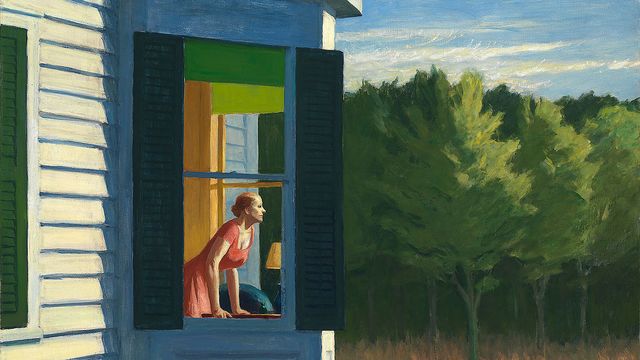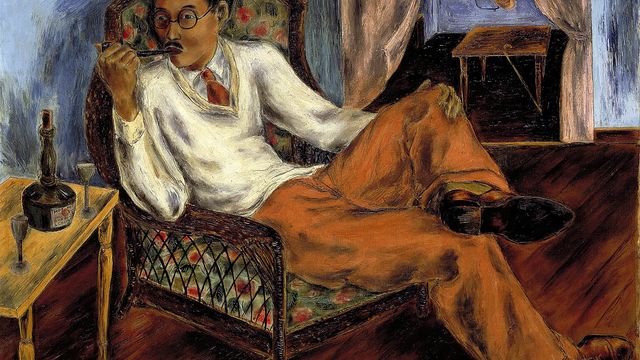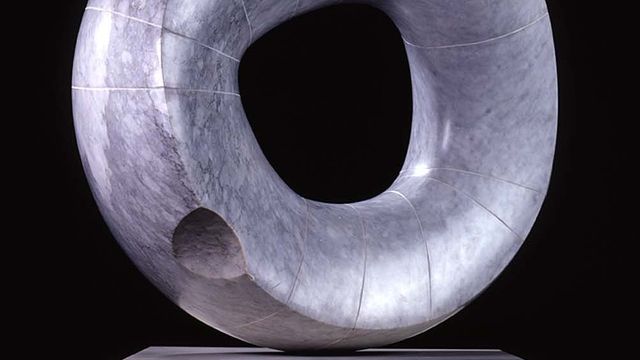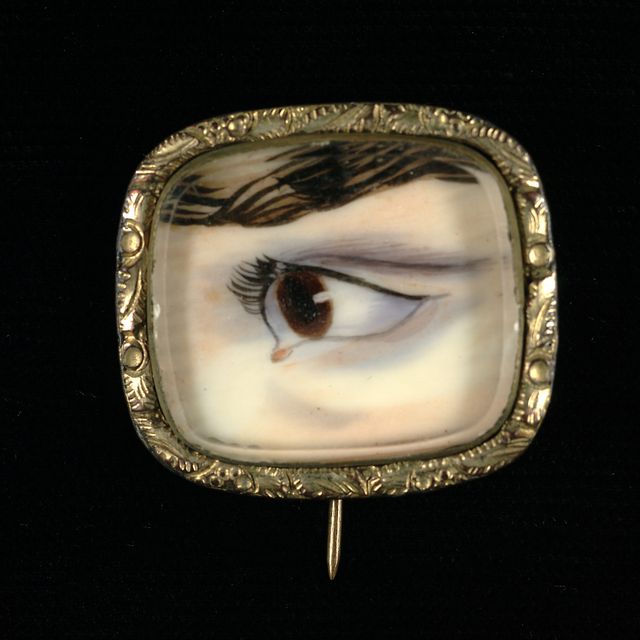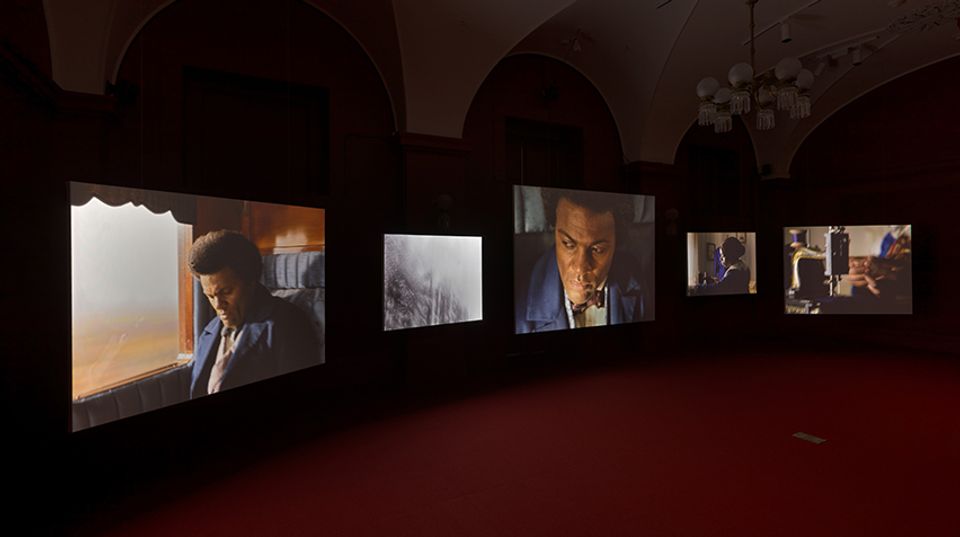
Looking over some Washington Post archives, I found this review by Michael O'Sullivan of a show that was up at American University's Katzen Arts Center earlier this spring:
Sculptor Duane Hanson's (1925-1996) famously realistic, life-size human figures, 15 of which have been scattered throughout the museum in trompe l'oeil fashion, are more problematic. On one level, Hanson's sculptures haven't aged well. Like the now-antique-looking accoutrements his characters pose with (the once-colorful jigsaw puzzle, for example, assembled by a little girl sitting on the museum floor, the out-of-fashion clothing, the wigs that look borrowed from a J.C. Penney floor display, circa 1979), Hanson's art feels dated, especially when compared with the higher-tech work of contemporary sculptor Ron Mueck.
Rather than detracting from its power, however, the air of a faded snapshot -- underscored here for the first time by old reference photographs Hanson made -- lends the work a layer of meaning and poignancy I doubt was ever intended when the figures were made.
Mueck's work is as advanced as you'll find in the wax figure mode. His sculptures have a cold, fleshy look that give them a detached feel, as if they'd fit in better at the morgue. (And, of course, the presence of such works in a museum can be read as a critical commentary about art institutions.) But one day even Mueck's technically innovative works will look more dated than dead; and as with any cutting-edge art work, there's always the risk that it will fall out of the conversation entirely after a decade.
Hanson's work spoofs the experience of attending the museum—you can still walk around a corner and have the wool pulled over your eyes by one of his figures. As O'Sullivan says, today, Hanson's work has a certain vintage appeal. Beyond that aspect, these works still speak to the museum experience by serving as a contrast. This is one standard for trompe l'oeil art: As the technical merit fades or passes out of style, another characteristic of a good work comes to the fore.



